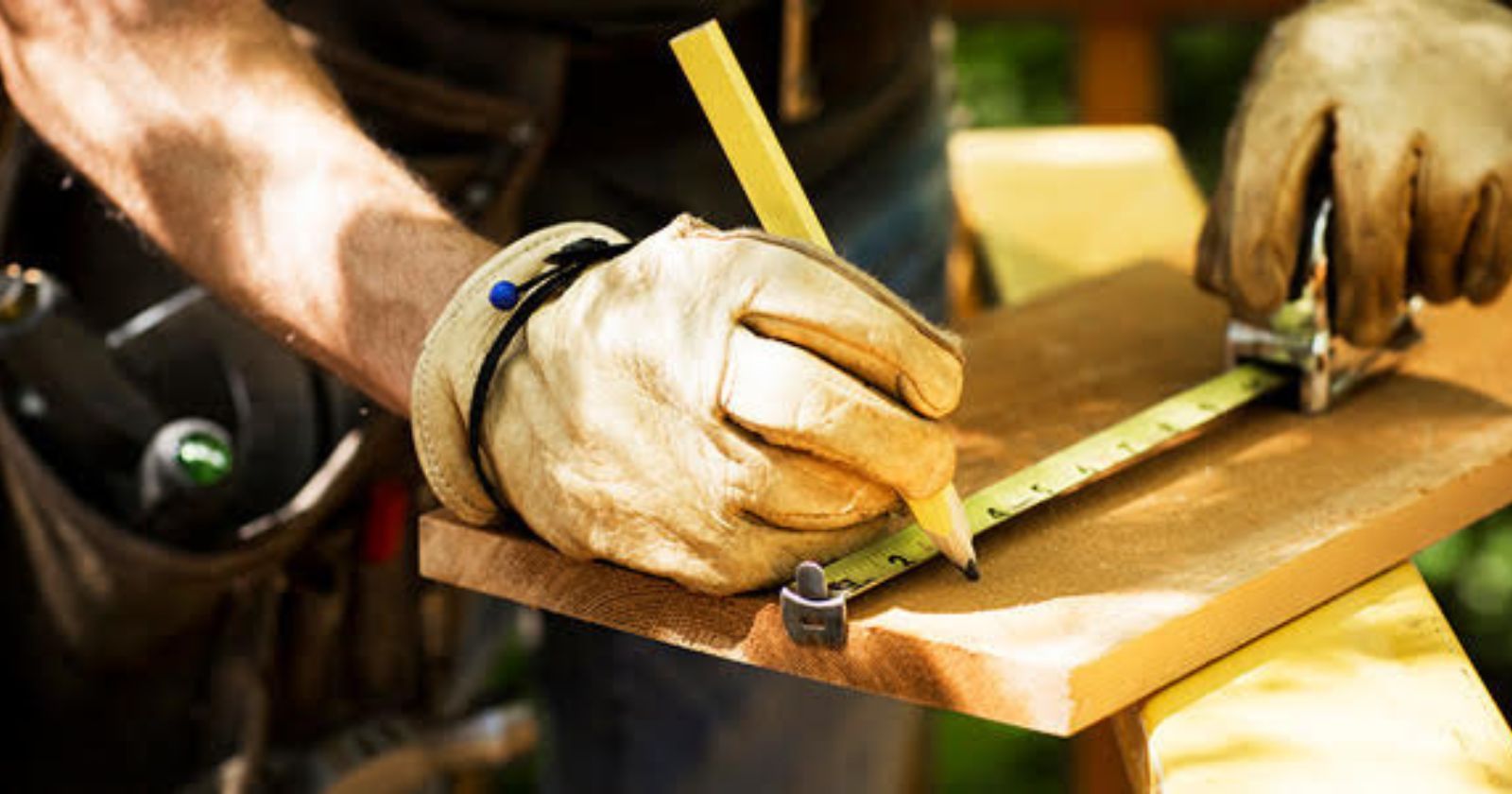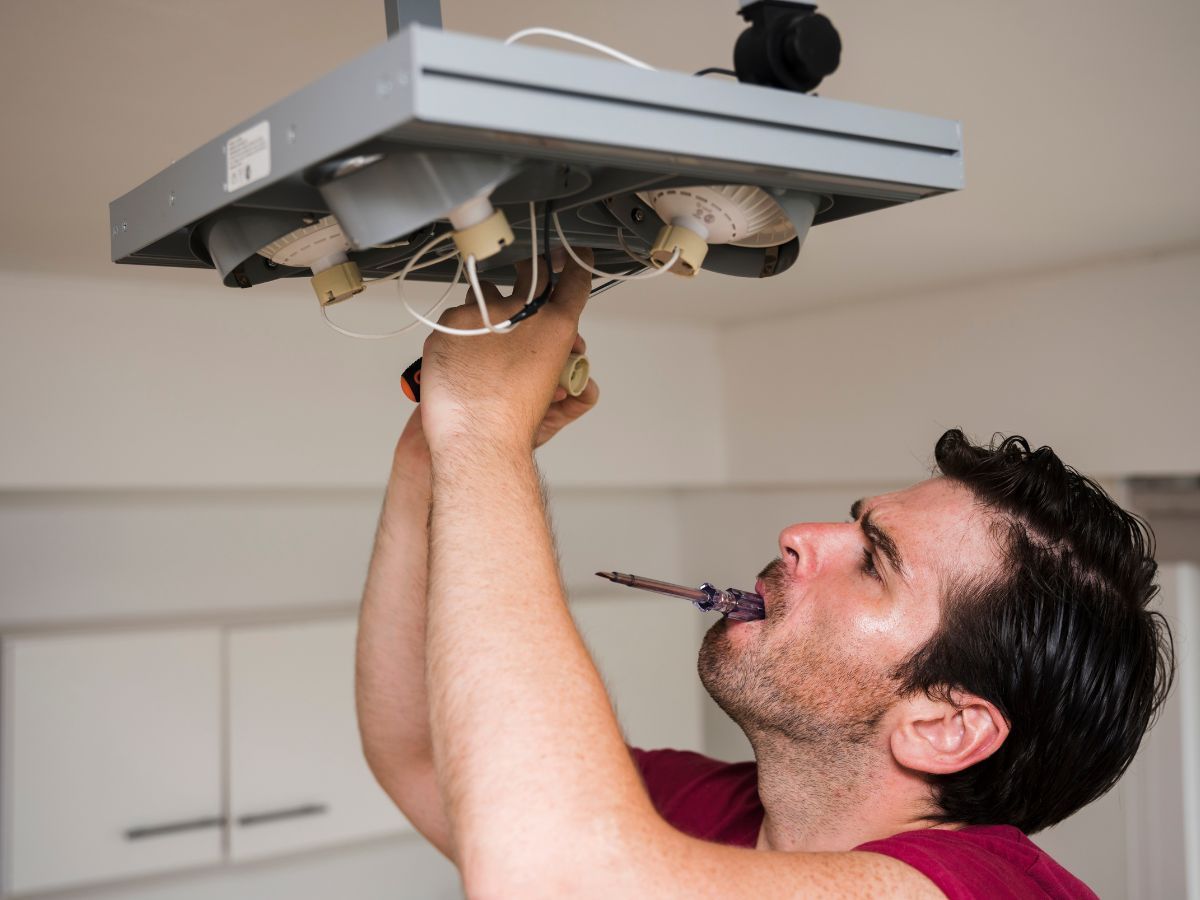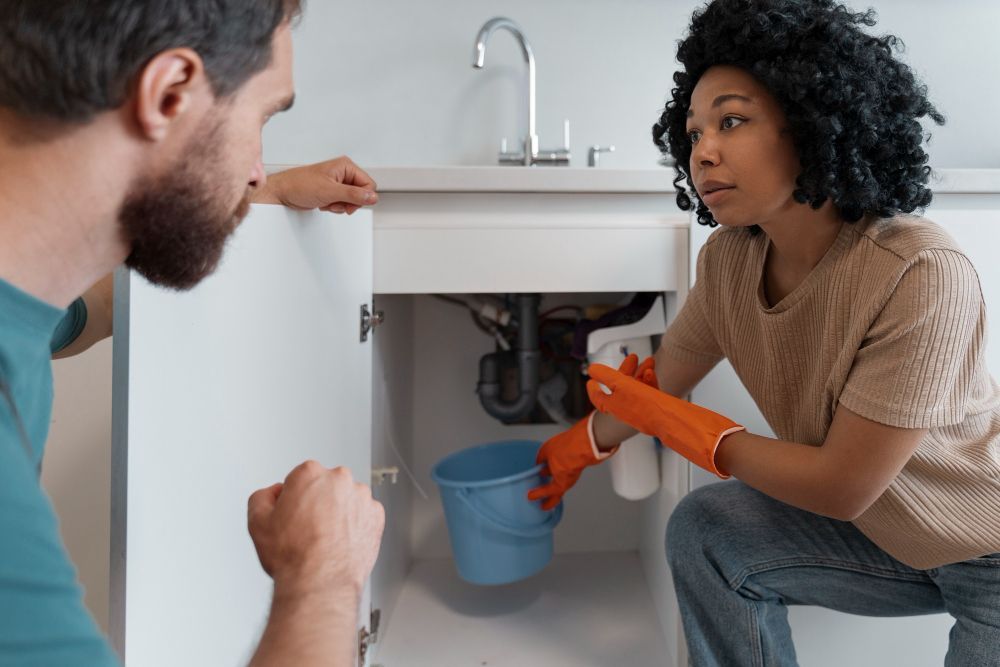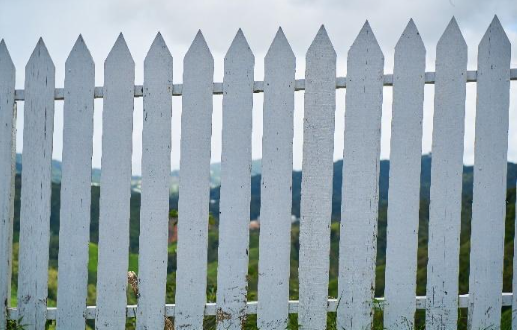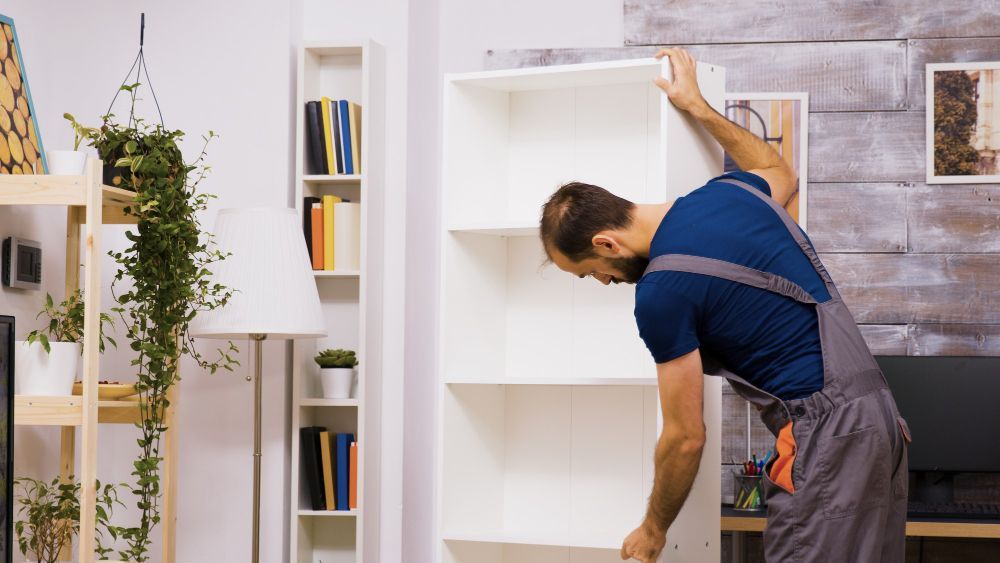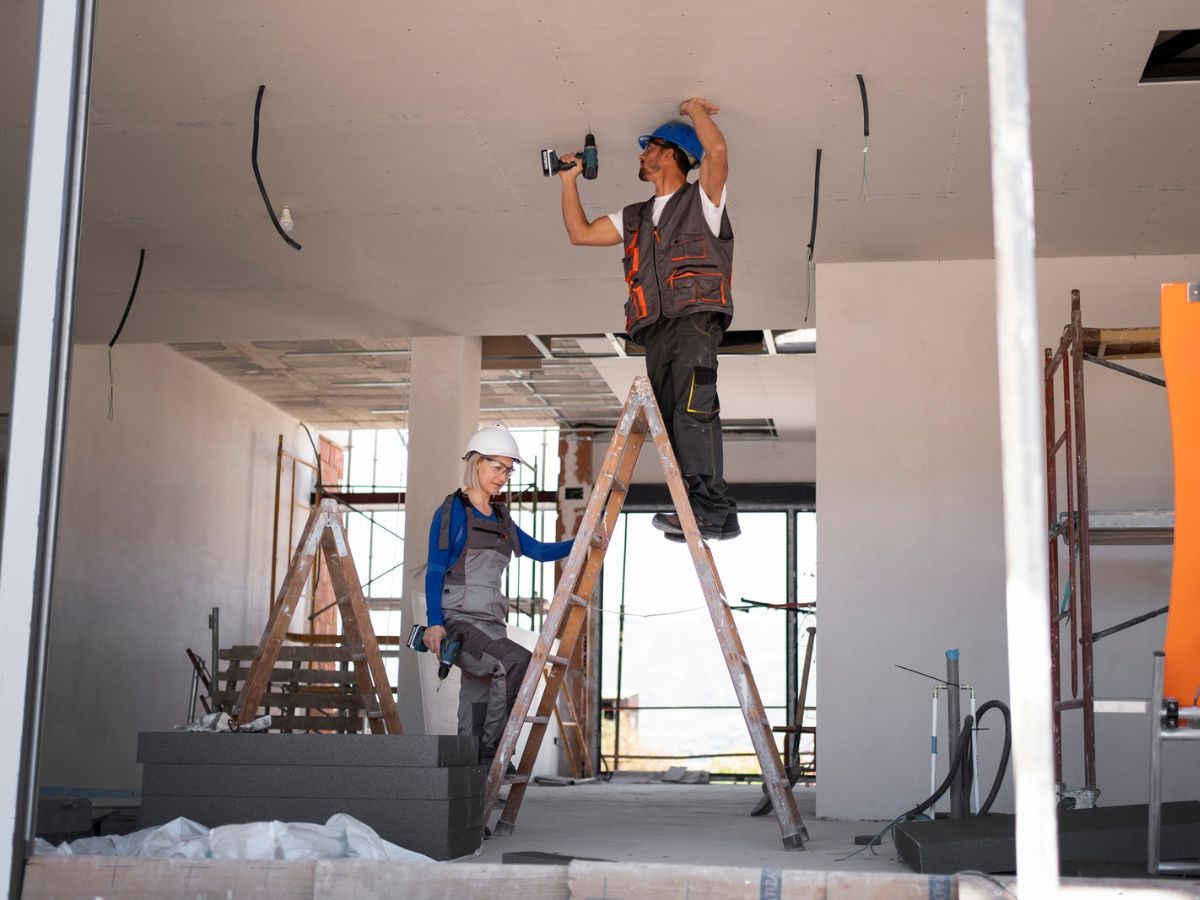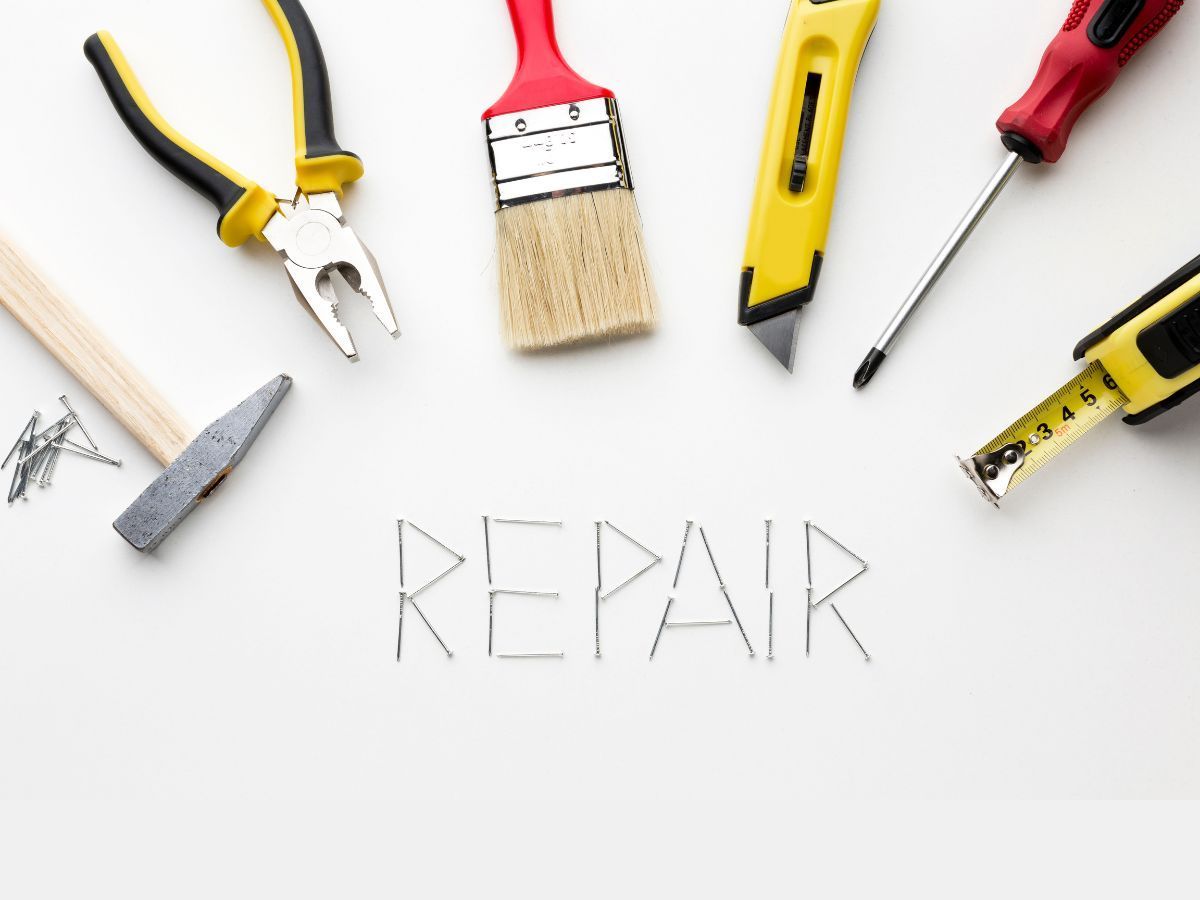Professional Plumbing Leak Detection & Repair
Plumbing issues can be a silent danger in any house. While a small drip can look harmless at the first time, it can quickly increase in a major problem due to structural damage, mold growth and expensive repair. Detection and repair of professional plumbing leakage is an important service that homeowners should not ignore. Understanding how leaks develop, the risk of ignoring them, and the value of professional intervention can save you time, money and stress.
Understanding the Source of Plumbing Leaks
Water leaks in the plumbing system can arise from various sources. Coroded pipes, loose fittings, aging water heaters, and ups and down water pressure are some common criminals. This non-invasive approach allows your home for sharp identity and rapid repair without unnecessary damage.
Signs That You May Have a Hidden Plumbing Leak
Many household owners recall early warning signs of water leakage. Micro signals such as an unexplained spike, mastic odor, or water stains on the walls or roof are often ignored in the water bill. In some examples, you can hear the sound of flowing water even when all the fixtures are closed.
If you reduce water pressure or find wet spots in unexpected areas, it is a red flag that immediately pays attention. Timely identification not only prevents water damage, but also preserves the integrity of your home's plumbing system, expands its lifetime and reduces the cost of future maintenance.
Fixing Plumbing Leaks Before They Escalate
It is important to fixing plumbing leaks immediately for both safety and efficiency. When ignored, a slight leak can damage insulation, compromise drywall, and weaken structural framing. In severe cases, it can cause mold infections that cause health risk, especially for individuals with allergies or respiratory conditions.
Dealing with the Aftermath: Repairing the Damage
Once addressed a leak, homeowners are often abandoned with cosmetic or structural issues. A common anxiety damages walls where pipes require access or where oyster is done through water. Where additional repair services come in the game, especially when it becomes necessary to patch drywall and repair holes.
Drywall patching requires more than covering only one hole. To achieve a spontaneous result, the damaged area must be cut properly, reinforced with a backing support, and covered with new drywalls that are mixed in the existing wall surface. This is followed by sanding, priming, and restoration to restore the region in its original state.
When done professionally, this repair is actually undesirable and helps to maintain the aesthetics and value of your home. Efficient technicians ensure that not only the leakage is repaired, but also the area around it looks as good as it is new.
Why Professional Services Make a Difference
While DIY repair may look attractive, plumbing and drywall issues are the best for professionals. Incorrect reforms can lead to more complications under the line. A licensed and experienced technician ensures that problems are correctly identified and resolved according to industry standards.
By helping experts to address the plumbing leaks and address issues such as patching drywalls and repairing holes, home owners can protect their investment and enjoy more secure and comfortable living space. For those who seek reliable service, Jersey noise handi heroes provide top notch plumbing and home repair solutions to suit your needs.

